Featured Photo Above:
Addie Joos Benefit Game, July 24, 1911
(Color Restoration by Chris Whitehouse of They Played in Color website)
Baseball History Comes Alive Now Ranked As a Top Five Website by Feedspot Among All Baseball History Websites and Blogs!
(Check out Feedspot's list of the Top 35 Baseball History websites and blogs)

Guest Submissions from Our Readers Always Welcome! Click for details
Subscribe to Baseball History Comes Alive! for automatic updates (sign-up block found in right side-bar)
As a Free Bonus for subscribing, you’ll get instant access to my two Special Reports: Memorable World Series Moments and Gary’s Handy Dandy World Series Reference Guide!
1913-’14 World Tour Photo Gallery
Click on any image below to see photos in full size and to start Photo Gallery:
1913-14 “World Tour To End All Tours”
Near Disaster Strikes – Twice!
“Tell Mr. McGraw and Mr. Comiskey that I have enjoyed the game enormously.” – George V, King of England, after watching a ball game at Chelsea Stadium, London
I’ve written about the 1913-14 World Tour before, which was organized by John McGraw and Charles Comiskey one night in December 1913, after the two were having a few drinks at “Smiley” Mike Corbett’s bar on Chicago’s East Side.
But how many of you are aware that, in addition to a stomach ailment that almost killed Charles Comiskey, the entire entourage of 67 people were almost wiped out…not once, but twice!
Had that happened, think about how different the history of baseball would be today! Read on…
First, a little recap about the trip. Sixty-seven people went on the overseas part of the tour, including 24 ballplayers, two umpires (Bill Klem and Jack Sheridan), assorted wives, children, in-laws, reporters, a priest, medical personnel, White Sox front office personnel, and various Comiskey cronies and drinking buddies. McGraw and Comiskey filled their rosters with current Giants and White Sox players and then added a few famous and more colorful names like Jim Thorpe.
Invited on the trip were future Hall-of-Famers Christy Mathewson, Tris Speaker, Red Faber, and “Wahoo” Sam Crawford. Joining them were Lee Magee, “Nixey” Callahan, Jim “Death Valley” Scott, Ivey Wingo, “Hooks” Wiltse, “Bunny” Hearne, Fred Merkle, Buck Weaver, Hans Lobert, “Laughing Larry” Doyle, “Turkey” Mike Donlin, Mike Doolan, Joe “Butcher Boy” Benz, Jack Bliss, Dick Egan, Tommy Daley, Andy Sleight, Steve Evans, and Walter Leverenz. Germany Schafer was invited along to provide comic relief.
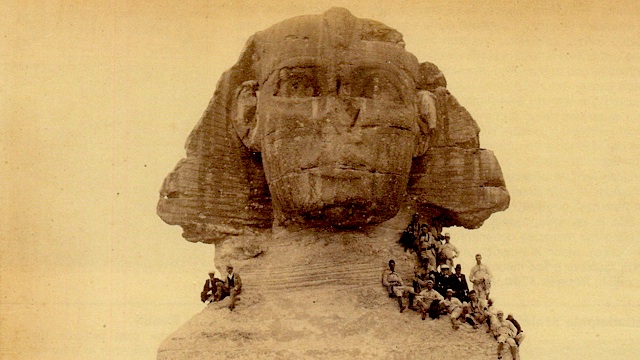
In the featured photo above, we see part of the White Sox World Tour team. The photo was probably taken by Red Faber, who was the unofficial trip photographer. Complete player identifications are at the bottom of the post.
By far the most famous person on the tour was Jim Thorpe. Regaled as the World’s Greatest Athlete at the 1912 Summer Olympics in Stockholm, by 1913 he had acquired an international reputation. That January he had been unjustly stripped of his Olympic medals for apparent violations of amateur rules. There was no doubt that Thorpe was the main attraction, and both Comiskey and McGraw hoped to cash in on his international fame. It would prove to be a wise investment.
The tour began as a barnstorming trek across the country a week after the 1913 World Series. Upon reaching the West Coast, the entourage boarded the luxury liner, R.M.S. Empress of Japan on November 19 to take them across the Pacific for the overseas portion of the tour. The tour’s first stop on foreign soil would be in Tokyo and, going from east to west, the last one would be in London. In between the travelers would touch down in Hong Kong, China, the Philippines, Australia, Egypt, Ceylon, France, Italy and the Vatican, and other countries that could come up with at least a rudimentary ballfield.
The First Near Disaster: A Massive Typhoon Hits While Crossing the Pacific
About a day after lifting anchor in Victoria, Canada, the liner encountered rough seas which immediately rendered almost all the passengers with severe sea-sickness. But much worse was yet to come. Here’s a gripping account from Jim Elfers book, “The Tour to End All Tours” which gives the best sense of the terror and dread experienced aboard the Empress of Japan:
“On the morning of November 29, the bad weather they were experiencing turned positively nightmarish, as a late-season typhoon ripped open the heavens. The storm, easily the worse the Northern Pacific had seen in at least twenty years, turned the seas into a hellish cauldron. Winds of hurricane force, heavy snow, and mountainous seas battered the Empress. By four o’clock in the morning, the ship’s first officer declared an emergency.”
“The darkness was so absolute and the waves so high that neither he nor anyone else on board could guess which way the ship was headed. So loudly did the waves batter the Empress that it sounded like artillery. Three boat booms were snapped and a lifeboat was shattered by the force of the waves. One mammoth wave slammed into the bridge, nearly tearing it from the ship.”
“For 16 harrowing, terrifying hours, the vessel was in severe distress, and in serious danger of capsizing, being tossed about the ocean like a cork amid 60-foot waves. The Empress began shipping water both fore and aft. Water streamed into its coal bunkers, while below deck, the stokers, in water up to their knees, worked feverishly to keep the turbines humming. The ship was blown over 200 miles off course. The captain nearly gave the order to abandon ship. Had he done so, it is certain that all aboard would have perished at sea. Fortunately for all, they survived the harrowing ordeal as the storm blew itself out on December 1.”
The Second Near Disaster: On the Train to Rome:
The entourage had another close encounter with disaster while on their train chugging along at full speed towards Rome. The incident occurred as the train neared Rome’s Volturno River. It was again vividly detailed by Jim Elfers:
“A twenty-foot section of track spanning the river had been removed for repair. For reasons unknown, the engineer missed the signals warning him off the tracks. A phalanx of uniformed railroad workers blaring away on trumpets and gesticulating wildly materialized along the tracks. Workers who lacked trumpets screamed their lungs out, trying to get the engineer’s attention. They did get his attention – narrowly avoiding disaster – as he stopped the train on the brink the abyss, put it into reverse, and pulled onto a parallel track before heading north again.”
“The tourists shuddered as their train passed the detour point. Beneath the twenty-foot gaping maw of nothingness was a sixty-foot drop, a raging river, and hard, unforgiving rocks. Had the train not stopped in time there is no doubt that they all would have perished.”
Holy Cow! I’m shuttering over a hundred years later just thinking about these two near-disasters as I write this! It’s interesting to speculate on how the history of baseball would have changed had either of these two disasters not been averted. Baseball would have lost personalities like John McGraw, Charles Comiskey, Tris Speaker, Sam Crawford, and Buck Weaver among many other star players.
Finally “Safe at Home,” None the Worse for Wear!
Along the four-month trip, baseball’s envoys met such dignitaries as Pope Pius X, tea magnate Thomas Lipton, and the last khedive of Egypt. They climbed the Sphinx in Egypt and played the tables of Monaco. The trip ended in London with a game before twenty thousand fans and King George V. Overall it was a huge success. On February 28, the tourists boarded the Lusitania in Liverpool for the return trip to the United States. They arrived in New York on March 7, 1914. The“Tour to End All Tours” had come to an end.
Comiskey and McGraw held two self-congratulatory banquets celebrating the tour, the first in New York on March 7, and the second in Chicago on March 10, 1914. There were 46 games played in the over-seas part of the tour, the White Sox winning 24 and the Giants 20, with two ties.
1913-’14 World Tour White Sox Player Identifications
Top Row, L-R” Walter Leverenz, Andy Sleight, Steve Evans, Tommy Daley, Jim “Death Valley” Scott, Dick Egan, Jack Bliss. Front Row, L-R; Tris Speaker, Buck Weaver, Germany Schaffer, “Wahoo” Sam Crawford, Joe “Butcher Boy” Benz. Child is probably son of White Sox manager Nixey Callahan.
Shop MLB.com. The Official Online Shop of Major League Baseball.
Gary Livacari
“Friend” me on Facebook: https://www.facebook.com/gary.livacari.9
Visit Our Web page: “Baseball History Comes Alive!” now with over 356K hits!:
http://wp.me/P7a04E-2he
Photo Credits: All from Google search
Information: Excerpts and quotes from “The Tour to End All Tours,” by Jim Elfers
Check out my latest books both now available on Amazon in e-book and paperback: Reflections On the 1919 Black Sox: Time to Take Another Look. All profits go to the Illinois Veterans Foundation. https://amzn.to/2DlDJXF
We are a participant in the Amazon Services LLC Associates Program, an affiliate advertising program designed to provide a means for us to earn fees by linking to Amazon.com and affiliated sites. Click here to view Amazon’s privacy policy
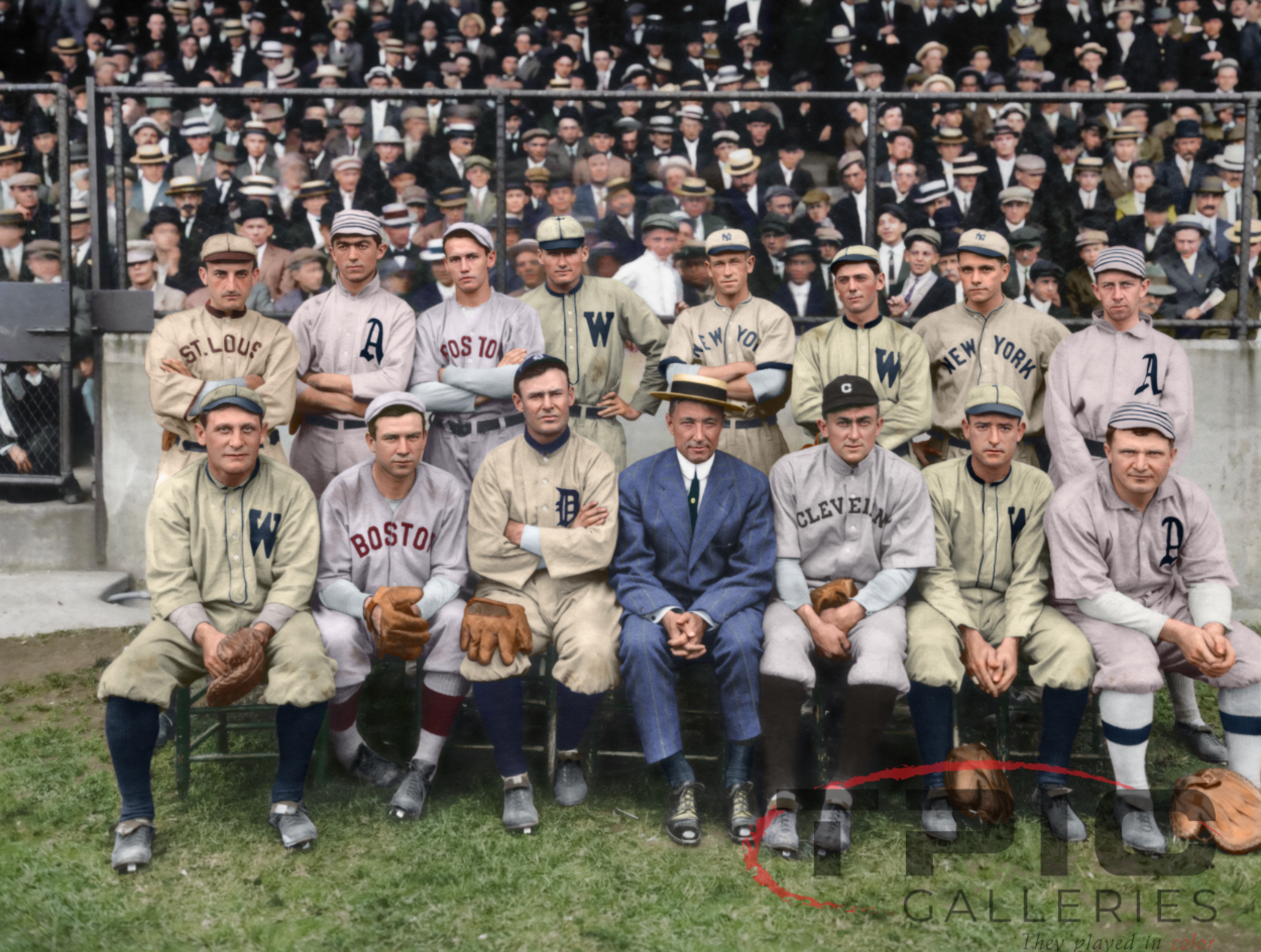
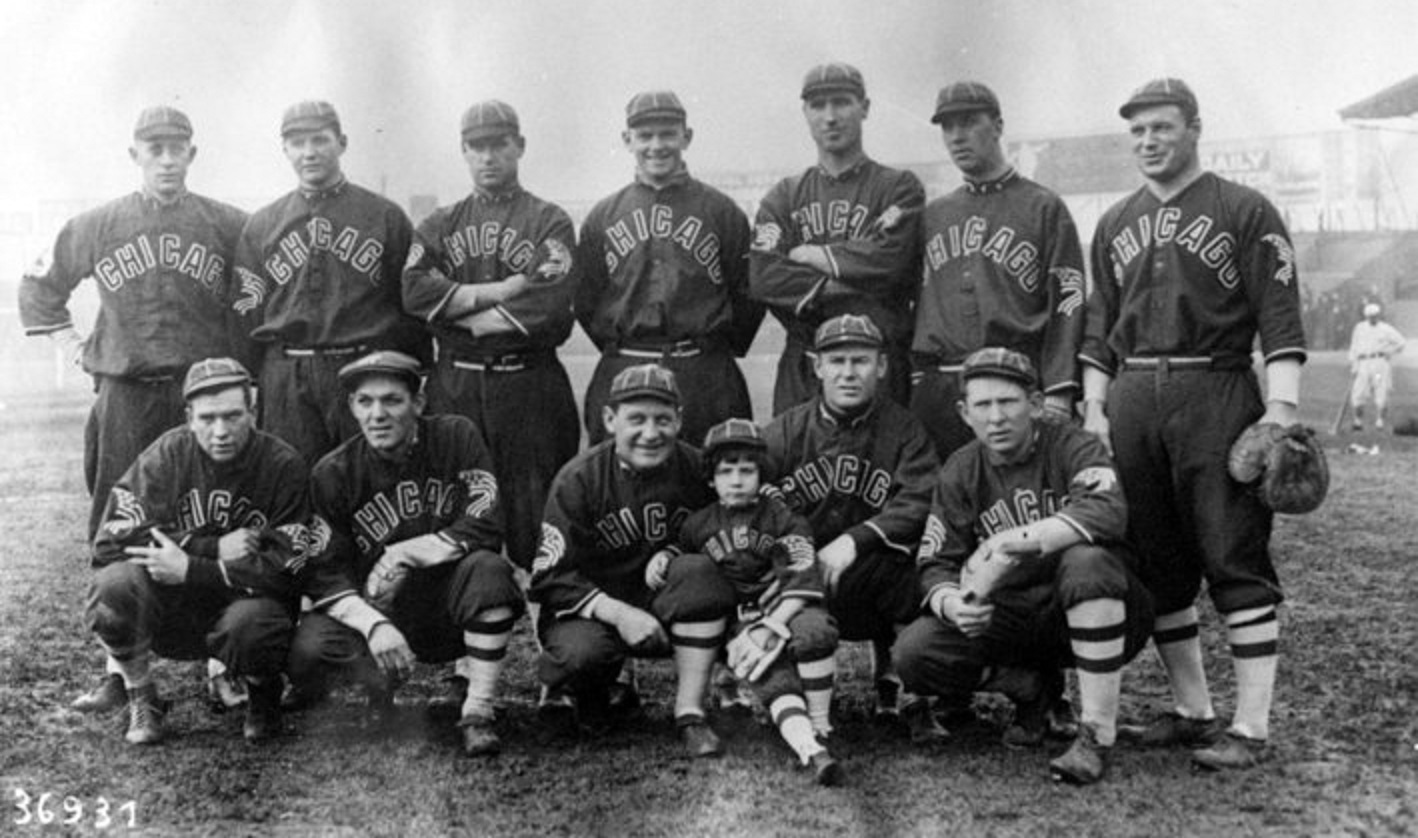
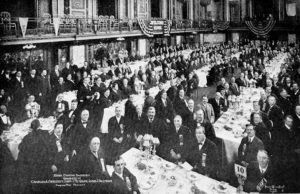
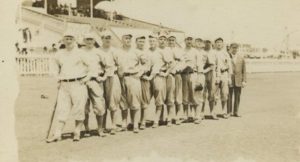
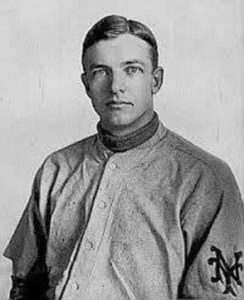
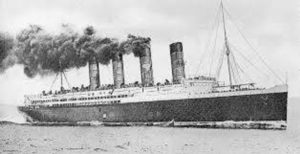
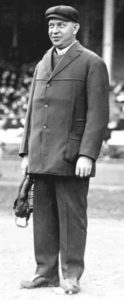
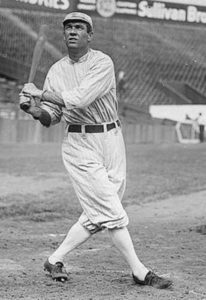
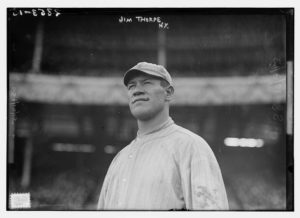
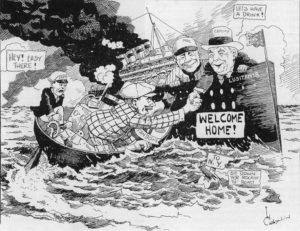
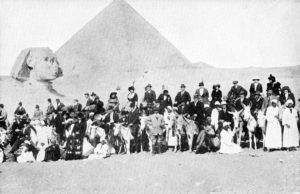
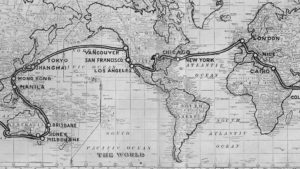
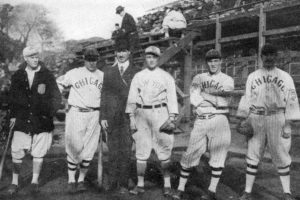
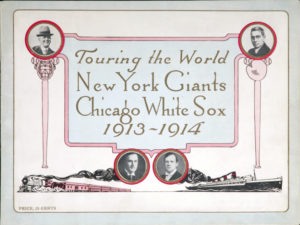
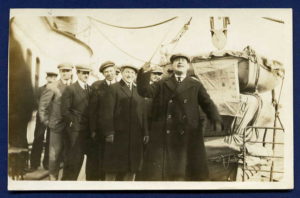
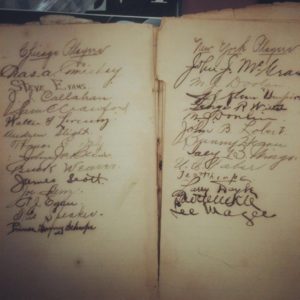
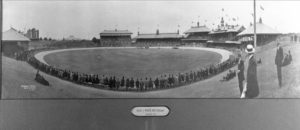
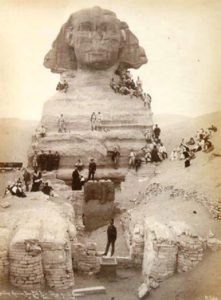
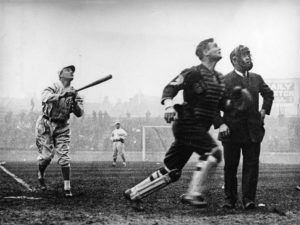
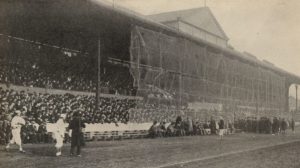
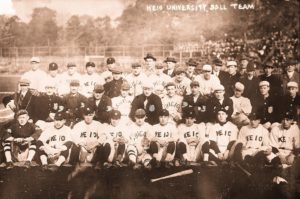
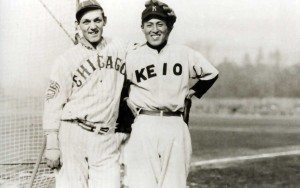
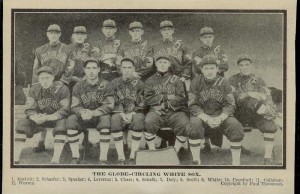
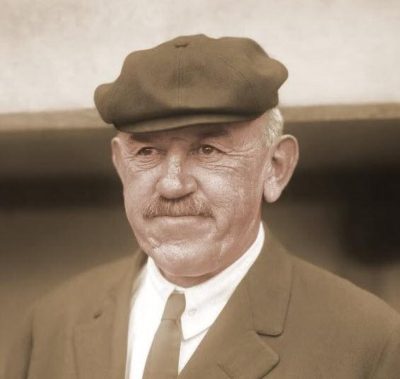
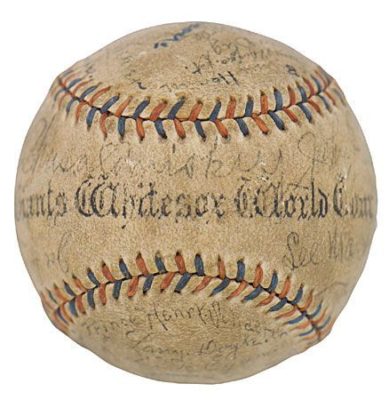
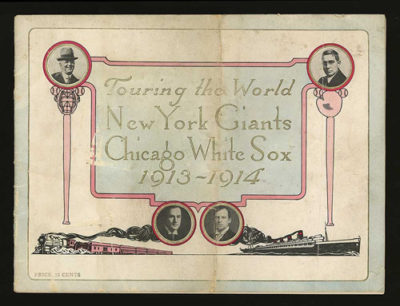
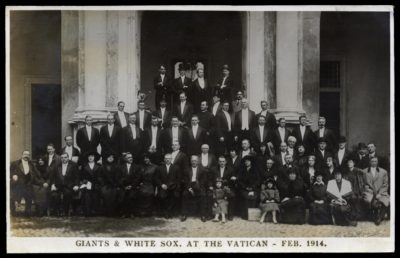
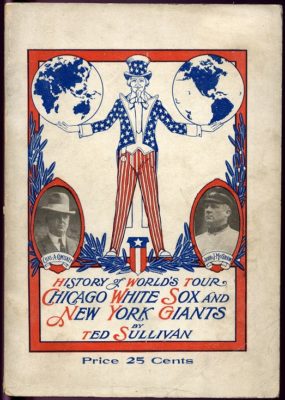
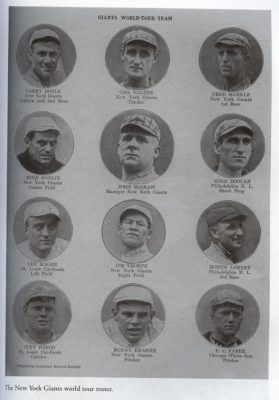
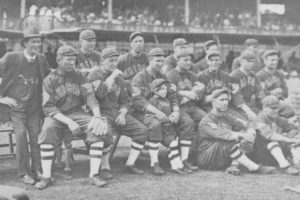

Great story as usual. Keep up the good work.
Thanks Dennis!